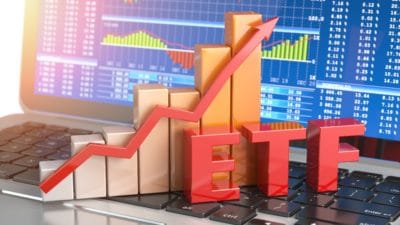Retiring in a recession brings back memories of a pensioner who retired in the 2008 Financial Crisis. Many retirees lost a significant portion of their life savings, as the stock market crashed 50% and wiped away 10 years of growth. However, the Great Recession taught the world three important things about retiring in a recession.
First thing: The market always rebounds after a recession
All recessions showed that the market rebounds, and it rebounds fast. The S&P 500 Index lost a decade of valuation in 19 months (September 2007-March 2009) but earned back the decade-long growth in four years (March 2009-March 2013). This growth was supported by the fiscal stimulus package. But the market sustained the growth, even as the government phased out the package.
How can you leverage this knowledge for your retirement? Those who made a systematic investment in index funds throughout the 19-month downturn regained their lost savings and even doubled their retirement income. The current market is skewed towards energy stocks. If you have energy stocks in your portfolio, this is a good time to sell them while they still trade at a high price.
Use a portion of the energy profits to meet your expenses and invest the rest in high-yielding dividend stocks like Enbridge (TSX:ENB)(NYSE:ENB) and SmartCentres REIT (TSX:SRU.UN). Invest the dividend amount in iShares Core S&P 500 Index ETF (CAD-Hedged) (TSX:XSP) throughout the recession. If the looming recession pulls the market to a 50% dip, as it did in the 2008-09 crisis, dollar-cost averaging will reduce your purchase cost. When the market starts to rebound, stop investing in the XSP ETF.
The ETF will replicate the S&P 500 Index and double your money when the market rebounds. But this rebound could take about five years. During that time, the dividend yields from Enbridge and SmartCentres will provide you with passive income. These stocks survived the past recessions without cutting dividends.
Second thing: Make the most of the TFSA
The Canada Revenue Agency (CRA) launched the Tax-Free Savings Account (TFSA) in the 2009 recession to give Canadians control over their savings. Unlike other retirement accounts, there is no withholding tax for redeeming your money from the TFSA. The amount redeemed is exempt from taxes, giving you the exact amount you withdraw.
The above strategy of buying high-yielding stocks and investing in index funds will give you better returns when executed through the TFSA.
Third thing: Cut back on spending ahead of a recession
The central banks are raising their interest rates. This is a good time to park your daily expense and emergency funds in money market instruments and earn interest on them. The rising inflation is eating up savings. Even if your retirement fund is worth a million dollars, be thrifty and delay your vacation plans or any other discretionary spending for two years.
Once the recession hits, prices will come down. Money-market instruments will protect your money from depreciating. The recession will eliminate non-performing companies. Companies that thrive will become more efficient. This efficiency could help you get more for a lower amount.
Final thoughts
Retirement is a big decision and not something to be rushed. This is an opportune time to boost your investments. Avoid withdrawing lump sums from other retirement accounts, as it will attract huge tax bills. The 15-20% market dip has already cut down on your savings. You don’t want to foot a huge tax bill in an inflationary environment. Hence, TFSA is the ideal retirement account for the recession.







